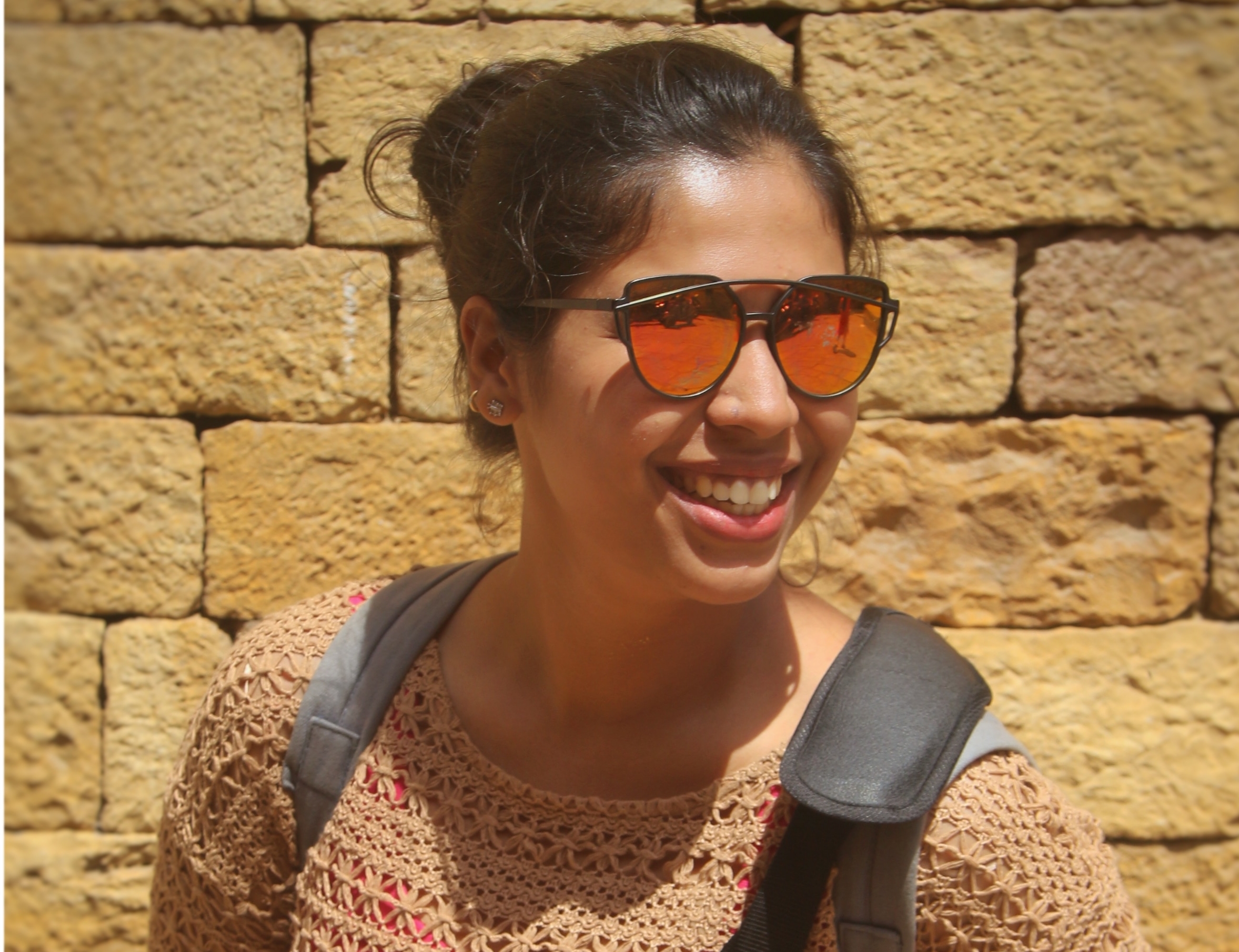Shalini – DISASTER RELIEF CAMP

I, Shalini, an architecture doing Internship
at Auroville Bamboo Centre, Auroville.
“”
email: shalinisuraj10@gmail.com
DISASTER RELIEF CAMP
Torrential rain in the months of July and August in the south Indian region, triggered devastating floods in Kerala killing 450 plus people and forcing tens of thousands out of their homes.
Following the floods of Kerala, Kodagu district of Karnataka and north-eastern states, Assam and Nagaland, were affected by severe floods.
These events have hit us with the realisation of the ignorance we have towards urban services, proper town planning and environmental policies and also throws light on the necessity of building structures, to accommodate people, which are resilient to disaster and can be assembled when in an emergency.
The main concept of the design evolved from creating a single panel that can be replicated to make a modular unit. This unit is repeated to make ‘n’ number of units in desired ways. These units do not require expertise to assemble and can be done by any person. The single panel consists of a door at the centre dividing the panel into two and both sides carry 2 bunk beds attached to it. Constructed with bamboo frame, and covered with bamboo mat, the units by itself is resilient to disasters and is sustainable, since bamboo is a flexible material with high tensile strength.
A modular triangle frame is made for roof, which when arranged accordingly, also creates the flooring. The roof creates clearstory window providing light and ventilation inside the unit. The roof is covered with corrugated bamboo sheets which are heat insulators, thus keeping the room aerated. The flooring is done with either coconut planks or plywood.
The single panel is made by screwing the bamboo members together to create the frame and the bed frames are attached to it with screws. The single panels are attached to each other using nuts and bolts, which make it easy to dismantle and reassemble. The corrugated bamboo roofing sheets are provided with J hook which for locking itself with the rafters and making it quick to install and remove. The flooring should be screwed to the supporting members.
The units are arranged in clusters of 4 and are connected through doors to encourage interactions within the cluster. The roofs are joined with a water channel running along the joint.
The modular units are modified to construct toilets, kitchen and clinic.34 toilets are installed at different spots over the entire site. The mobile toilets with bio digester and compost toilets have been installed considering that constructing a septic tank is time consuming.
The RO water is used for drinking and the residual water generated is used for cleaning. Since generation of waste is unavoidable in such setups, the waste generated from clinic, kitchen and dormitory is collected and segregated into categories before treated.
The recent scenarios have made us rethink about our actions and its consequences. The design focuses on quick assembling and dismantling of the structure in case of emergencies and the material used, being bamboo, flexible, strong and lightweight, is disaster proof and enables easy transportation. The structure is constructed from Part to whole.


Leave a comment